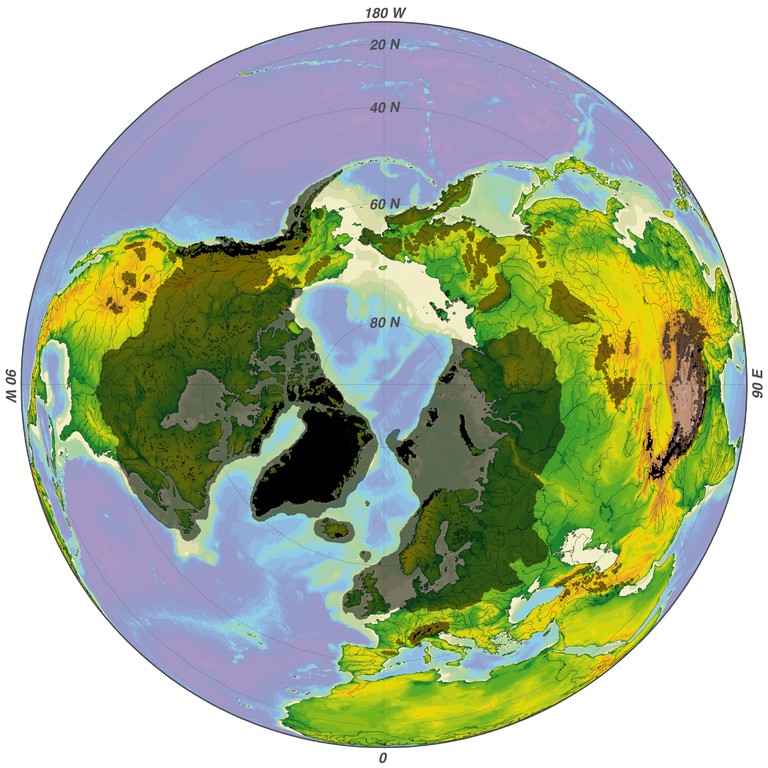While that is just a blip in time, the moments are adding up and can no longer fully be explained by tidal friction, according to the new study, published in the journal Proceedings of the Royal Society A.
"Several geophysical factors have also operated over the past 2,700 years," co-author Leslie Morrison of the International Astronomical Union told Seeker. "The reduction in the loading from the polar ice caps following the last Ice Age, which alters the shape of the Earth slightly (and its rotation), the electro-magnetic interaction between the core and mantle of the earth — and changes in mean sea level, which affect the speed of rotation."
Big earthquakes are additionally believed to have an impact, albeit minor, on Earth's rotation.
Such dynamic factors operate outside of human activities, of course, but numerous other researchers have linked man-made global warming to melting ice at the poles as well as to sea level changes, our actions could impact Earth's rotation, though very slightly, and may be doing so now.
To study the years before 1962, Morrison and colleagues Richard Stephenson and Catherine Hohenkerk combined data from the fields of astronomy, archaeology, history and geophysics. Using gravitational theories about the orbital motion of the Earth around the sun and the moon around our planet, they computed when and where solar and lunar eclipses should have been in the past.
They next studied archaeological and historical records related to the eclipses. These records included everything from China's "Chunqiu: Spring and Autumn Annals" to translations of the Babylonian cuneiform script on thousands of clay tablets stored in the British Museum.
According to the paper's authors, the historical observations show a consistent discrepancy between the gravitational calculations and where and when the eclipses were actually seen.
"This discrepancy," Morrison explained, "is a measure of how the earth's rotation has been varying since 720 B.C., which is where the extant, reliable and accurate observations of eclipses in ancient civilizations begin."
Nevertheless, Morrison's team and other scientists are keen to understand what is driving variations in Earth's rotation. Our planet's movement, after all, affects nearly every aspect of life, from the seasons to the tides.
 |
| This image of Earth's northern hemisphere shows, via black and grey-colored areas, where polar ice used to be during the Ice Age. |
However small, such an additional human-caused change to Earth's rotation could affect life on our planet in ways that have yet to be determined. Richard Holme, a professor of geomagnetism at the University of Liverpool, told Seeker that "all sorts of other human effects can also influence LOD (Length of Day)."
Read more at Discovery News

No comments:
Post a Comment